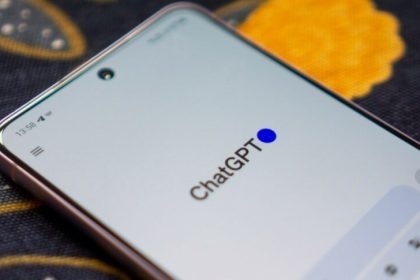A new technique called pose-mapping has been developed to remotely assess cerebral palsy patients. This method uses machine learning and can easily be used on most mobile devices. In addition, it has the potential to evaluate other movement disorders outside the doctor’s office.
According to Hoshio, going to the doctor’s office can be a hassle, especially for parents of children with movement disorders such as cerebral palsy, as the doctor must personally assess the child regularly, often for an hour at a time. to do Achieving these frequent assessments can be costly, time-consuming, and emotionally draining.
MIT engineers hope to alleviate some of that stress with a new method that remotely assesses patients’ motor performance. By combining computer vision and machine learning techniques, the method analyzes patient videos in real time and calculates a clinical score of motor performance based on specific patterns of postures it detects in the video frames.
Researchers tested this method on videos of more than 1,000 children with cerebral palsy. They found that the method could process any video and determine a clinical score with more than 70 percent accuracy with what a doctor had previously determined during an in-person visit.
Video analytics can be performed on a wide range of mobile devices. The team envisions that patients will be able to assess their progress simply by setting their phone or tablet to record video as they move around their home. They can then load the video into a program that quickly analyzes the video frames and assigns a clinical score or level of improvement. The video and score can then be sent to the doctor for review.
The team is currently developing an approach to evaluate children with metachromatic leukodystrophy; It has designed a rare genetic disorder that affects the central and peripheral nervous system. They also hope to adapt the method to the assessment of patients who have experienced a stroke.
“We want to reduce some of the stress on patients by not having to go to the hospital for every evaluation,” says Hermano Krebs, principal scientist in MIT’s Department of Mechanical Engineering. “We think this technology could potentially be used to remotely assess any condition that affects motor behavior.”
The researchers first looked at computer vision and algorithms that estimate human movements. In recent years, scientists have developed pose estimation algorithms designed to film, for example, a girl kicking a soccer ball and translate her movements into a set of skeletal poses in real time. The resulting sequence of lines and points can be mapped to coordinates that scientists can further analyze.
Krebs and his colleagues aimed to develop a method to analyze the data of the skeletal condition of patients with cerebral palsy; Impairment is traditionally assessed along the Gross Motor Function Classification System (GMFCS), a five-level scale that reflects the child’s general motor function.
The team worked with a set of publicly available skeletal data provided by Stanford University’s Neuromuscular Biomechanics Laboratory. This dataset contains videos of more than 1000 children with cerebral palsy. Each video showed a child performing a series of exercises in a clinical setting, and each video was labeled with a GMFCS score assigned to the child by a clinician after an in-person assessment. The Stanford group ran the videos through a pose estimation algorithm to generate skeletal pose data, which the MIT group then used as a starting point for their study.
The researchers then looked for ways to automatically decipher the patterns in the cerebral palsy data that characterize each level of clinical motor function.
Before the group applied the neural network to cerebral palsy, they used a model trained on a more general dataset, which included videos of healthy adults performing various daily activities such as walking, running, sitting, and reaching. They used to give. They took the backbone of this pre-trained model and added a new classification layer, specific to clinical scores related to cerebral palsy. They tuned the network to detect distinct patterns in the movements of children with cerebral palsy and accurately classified them into key levels of clinical assessment.
The researchers found that the pre-trained network learned to correctly classify the children’s mobility levels and did so more accurately than when trained only on cerebral palsy data.

RCO NEWS
















